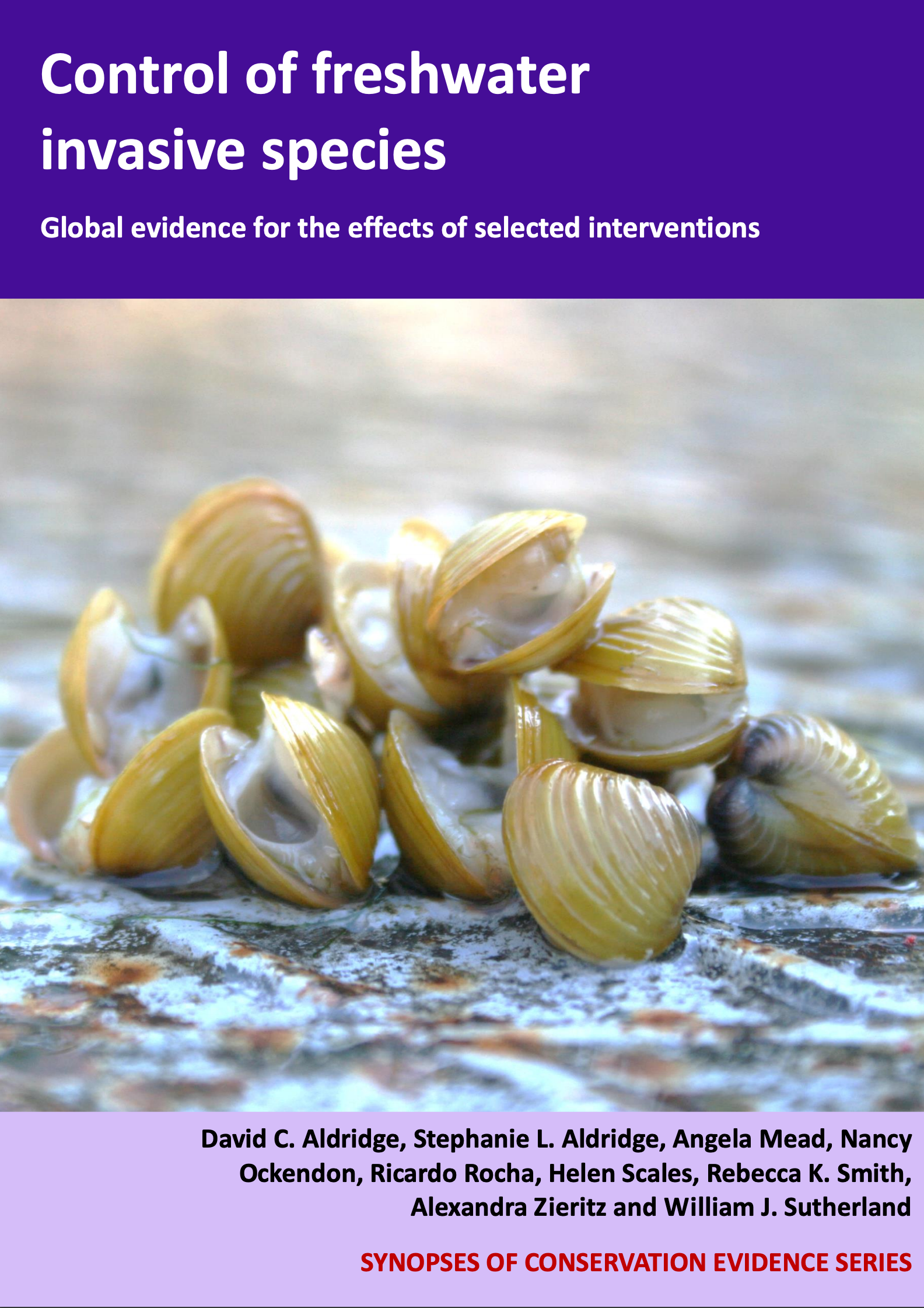Crassula helmsii: Use grazing to control plants
-
Overall effectiveness category Unlikely to be beneficial
-
Number of studies: 2
View assessment score
Hide assessment score
How is the evidence assessed?
-
Effectiveness
23% -
Certainty
43% -
Harms
not assessed
Study locations
Supporting evidence from individual studies
A replicated, controlled study in 2012–2013 on the margins of a lake in Cambridgeshire, UK (Dean et al. 2015) found that excluding grazing reduced the abundance of C. helmsii compared to grazed plots. Cover of C. helmsii in ungrazed plots decreased from approximately 95% to 60% between July 2012 and October 2013, but remained above 90% in grazed plots. The abundance and diversity of other plants was higher in ungrazed compared to grazed plots (average abundance: 97% vs 38% cover respectively; mean species diversity (Shannon-Weiner): 1.1 vs 0.88). C. helmsii also had lower proportional abundance in ungrazed compared to grazed plots (approximately 47% of total vegetation abundance vs 74%). Six 4 m2 ungrazed fenced exclosures, interspersed with six 2 m2 grazed plots, were set up in February 2012. The area was grazed by sheep in January-March 2012 and August 2012-October 2013, and by buffalo in July-December 2012. Percentage cover of C. helmsii and other plants was estimated eight times between July 2012 and October 2013.
Study and other actions testedA small, replicated, controlled study in 2009 at four ponds in the New Forest, UK (Ewald 2014) found that excluding grazing did not reduce the cover of C. helmsii. There was no significant difference between average cover of C. helmsii between ungrazed areas (42%) compared to grazed exclosures (26%). There was no difference in cover of plant species of conservation importance in ungrazed areas compared to grazed areas (7% vs 10%). Exclosure fences were erected in March 2009 to create ungrazed areas in four ponds with at least 75% C. helmsii cover. Grazing was mainly by ponies and cattle, but the area was also used by deer, pigs and donkeys. Exclosures included plants under the water and on the bank. Cover of plants in five random quadrats was surveyed in each pond in autumn 2009.
Study and other actions tested
Where has this evidence come from?
List of journals searched by synopsis
All the journals searched for all synopses
This Action forms part of the Action Synopsis:
Control of Freshwater Invasive Species
Control of Freshwater Invasive Species - Published 2017
Control of Freshwater Invasive Species Synopsis





)_2023.JPG)














